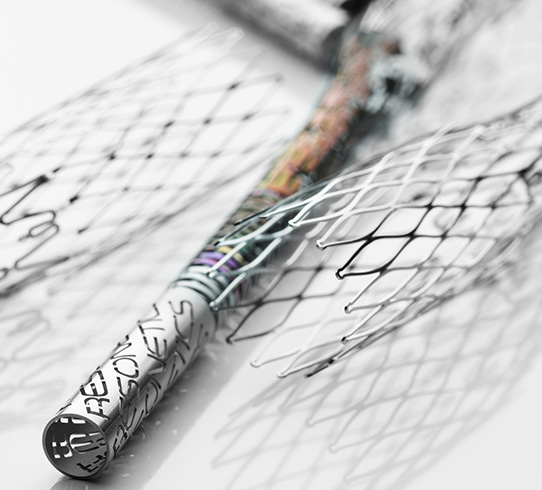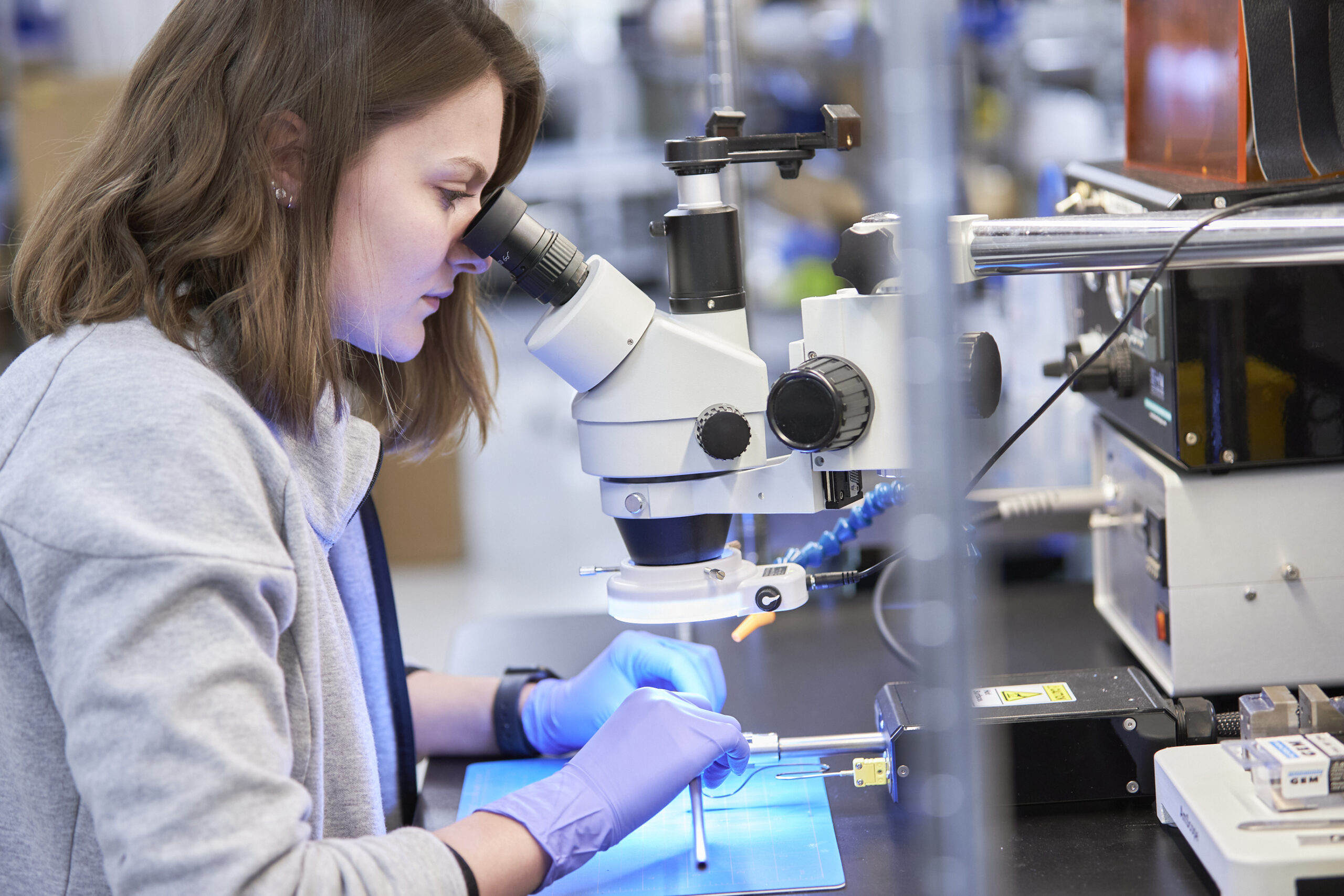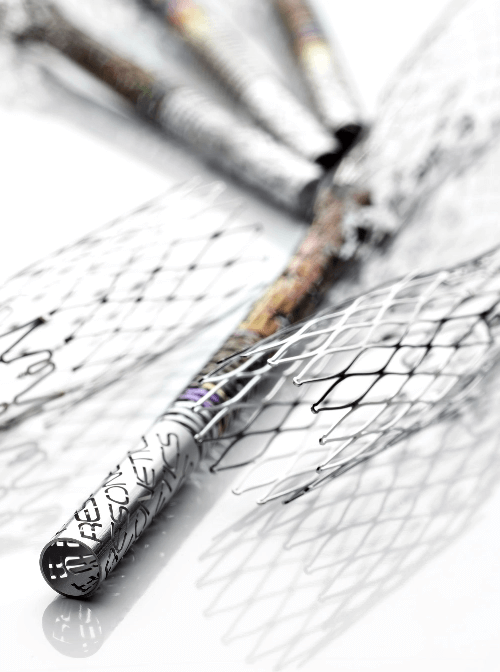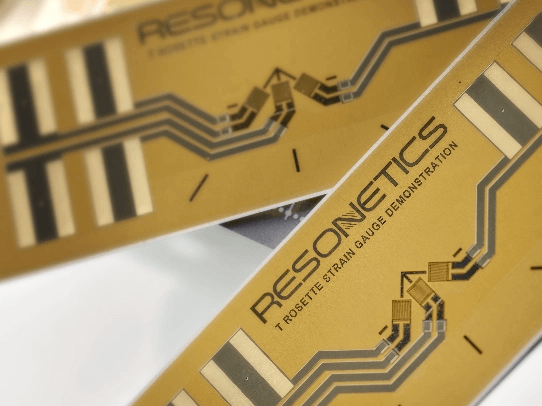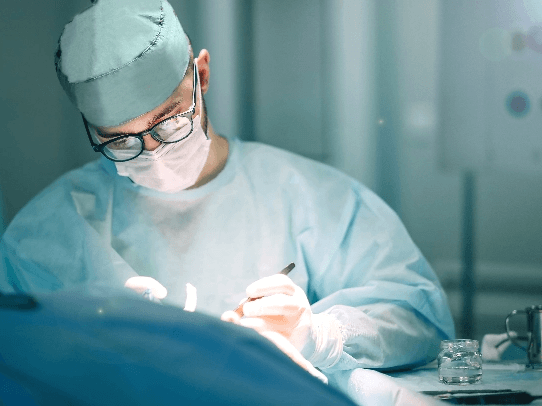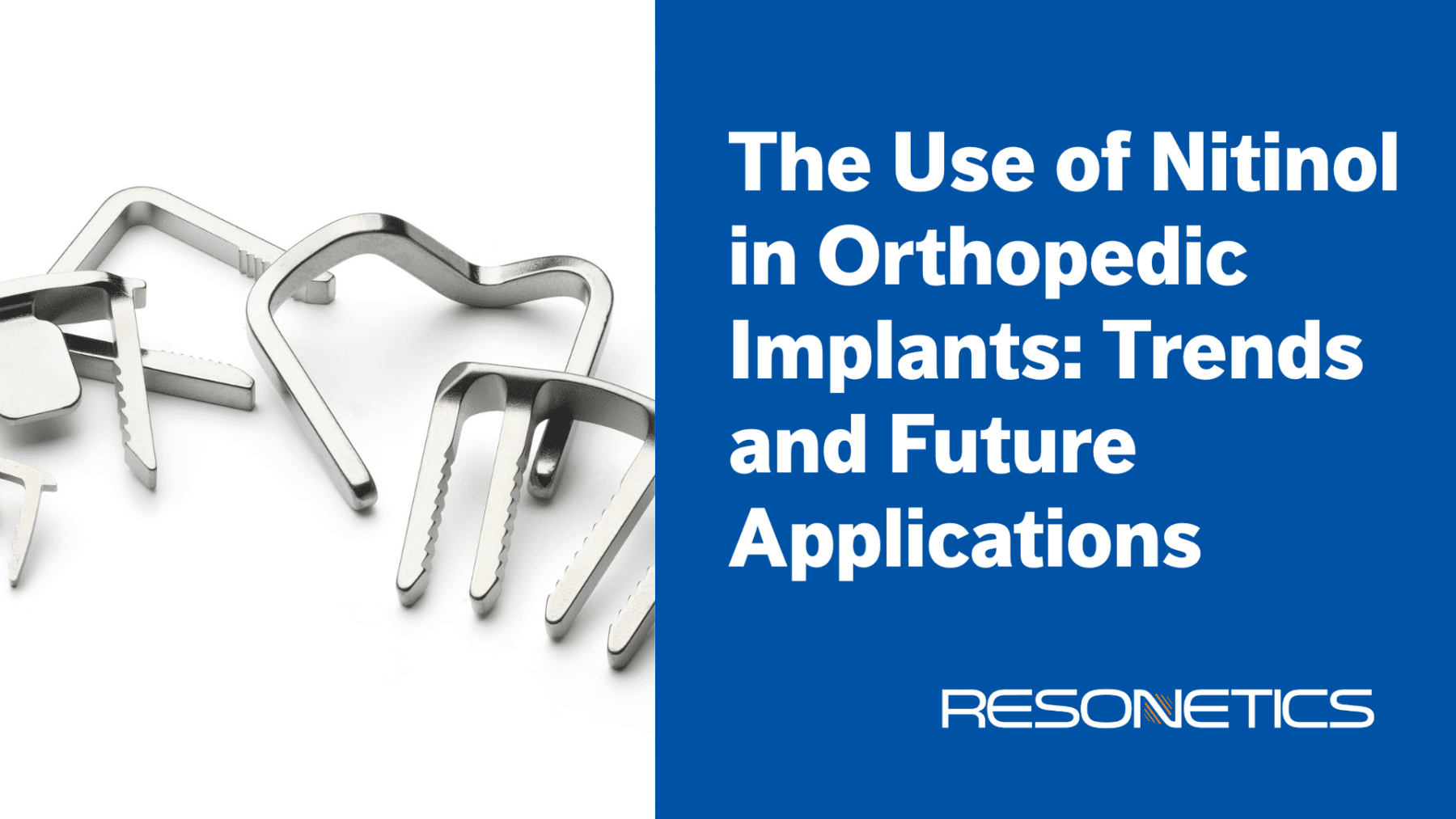
Orthopedic implants have come a long way since the days of stiff plates and screws, especially in spine, foot, and ankle procedures.
Among the most exciting developments? Nitinol—a shape-memory alloy with properties unlike anything else in the orthopedic toolkit.
Below, we’ll explore what makes nitinol such a compelling material for orthopedic implants, how it’s being used today, and where new research and innovations are taking it next.
Related: The Ultimate Guide to Micro Manufacturing in MedTech and Life Sciences
How Nitinol is Used in Orthopedics
Nitinol isn’t new. It was originally discovered in 1959, but its shape memory property wasn’t identified until 1961 during a lab meeting at the U.S. Naval Ordnance Laboratory. Since that discovery, its role in orthopedics has expanded dramatically.
Its shape memory and superelasticity allow implants to apply continuous, adaptive pressure as bones heal, offering advantages over traditional rigid metal hardware.
As a result, it’s become indispensable in modern procedures that require continuous compression, flexibility, and long-term durability. This includes the following examples:
- Compression Staples – Common in foot and ankle procedures, these staples maintain consistent compression across fracture or fusion sites, even if the bone settles or shifts. Compared to screws, they’re faster to apply and can reduce surgical time while supporting more stable healing.
- Bone Plates and Patellar Claws – Nitinol plates flex with the body and match the stiffness of cortical bone. That flexibility helps reduce stress shielding and improves long-term outcomes.
- Spinal Implants – In the spine, nitinol components can compress and expand in place, reducing trauma during insertion while delivering reliable fixation. Its fatigue resistance also makes it well-suited to high-load areas.
Across these applications, the throughline is mechanical intelligence: devices that respond to the body’s movement rather than resist it.
Related: Nitinol Application in Medical Technology: Q&A with Eric Veit
Advantages of Using Nitinol for Orthopedic Implants
What makes nitinol stand out isn’t just one property—it’s the way multiple advantages come together to solve long-standing orthopedic challenges.
Shape Memory for Smarter Fixation
Once implanted, nitinol can return to its original shape with precise force, helping maintain continuous compression across bone surfaces. This is especially valuable in fractures or fusions, where consistent pressure promotes healing and reduces the risk of gaps forming post-surgery.
Superelasticity That Moves with the Body
Nitinol can flex and rebound under stress without permanent deformation, unlike traditional stainless steel or titanium.
This means it holds up better under repetitive movement, making it ideal for load-bearing areas like the foot, ankle, and spine. Even if the surrounding bone resorbs slightly, nitinol staples can maintain stable fixation.
Biocompatibility and Corrosion Resistance
Nitinol’s composition makes it well tolerated by the body, minimizing inflammatory responses and long-term complications. It also resists corrosion in the body’s internal environment, offering long-lasting, reliable durability.
Reduced Surgery Time and Minimally Invasive Potential
Compression staples made from nitinol are often easier and faster to place than traditional screws, which may reduce operating time. Their design also supports smaller incisions and faster recovery, both major benefits in minimally invasive orthopedic procedures.
Closer Match to Cortical Bone Mechanics
Unlike rigid metals, nitinol’s mechanical characteristics more closely resemble human cortical bone. This means less stress shielding and more natural load distribution, which may contribute to better long-term outcomes.
How Nitinol’s Use in Orthopedics is Expanding
Nitinol’s role in orthopedics is growing, not only for its effectiveness but also for its ability to enable solutions beyond the capabilities of conventional metals.
One area of exciting development: the potential for porous nitinol implants, which offer excellent biocompatibility and can integrate more naturally with bone tissue. The FDA has already approved the first implant of this kind produced via combustion synthesis, with promising early feedback on both performance and recovery.
Researchers are also exploring how nitinol might improve neurovascular interventions, where adaptability and precision are critical. Devices that can expand or contract inside the body with minimal trauma could help treat conditions like aneurysms and strokes more effectively than current solutions.
And of course, innovations aren’t happening in a vacuum. At Resonetics’ Bethel-based LightSpeed Lab—the company’s orthopedic center of excellence—engineers and medical device designers are prototyping, testing, and refining next-gen nitinol solutions.
As this technology evolves, expect to see nitinol show up in more places: smaller incisions, faster recoveries, and smarter devices that move with the body—not against it.
Drive Orthopedic Innovation With Resonetics
Innovation in orthopedic implants from fracture fixation to minimally invasive spine procedures. As research and manufacturing capabilities continue to expand, new possibilities for device development are emerging.
Resonetics is at the forefront of that evolution. With over 30 years as a global leader for MedTech, coupled with our nitinol-focused LightSpeed Lab team—we’re there to support end-to-end nitinol development and manufacturing needs.
To learn more about nitinol and how it’s being used in next-generation devices, download our Introduction to Nitinol whitepaper.
Have a specific project in mind? Get in touch with our team today to start a conversation.
